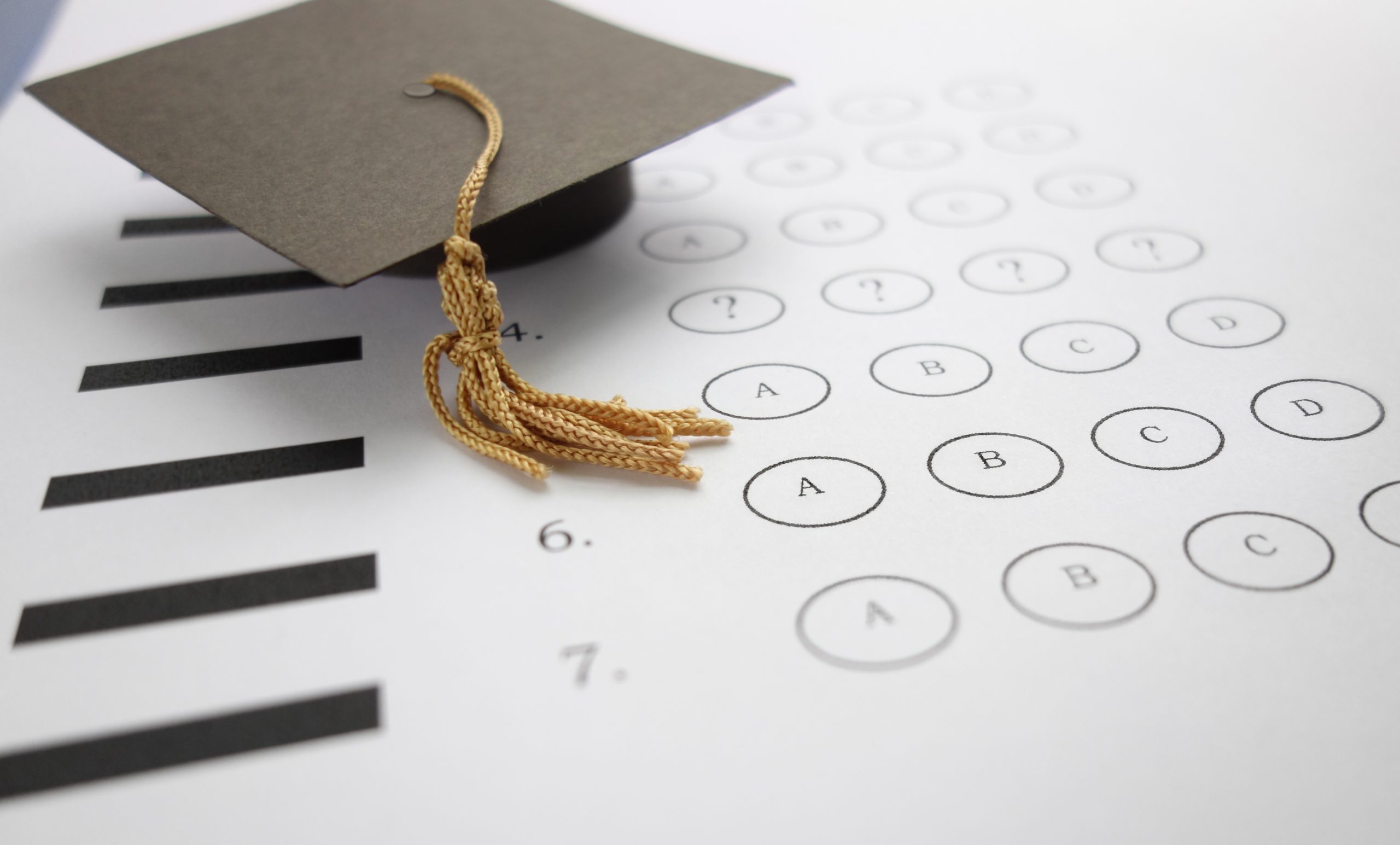
When considering sending their children to U.S. high schools, many parents are most concerned about how to choose the right school. Today, we’ll share the key factors to consider when selecting a U.S. high school. These factors include academic performance, faculty quality, extracurricular activities, sports, and college admission rates.
1. Academic Performance
a. Rankings
Many parents pay close attention to school rankings. For example, if you aim for a boarding school ranked in the top 50 by NICHE, you’ll need more than just a TOEFL score of 100+; SSAT scores and a well-rounded profile, including extracurricular activities, are also necessary. However, don’t rely solely on rankings—it’s crucial to match the school to your child’s specific needs and strengths.
b. Student-Teacher Ratio
A lower student-teacher ratio often means more individual attention for students. Ideally, a ratio below 10% is excellent. Additionally, the proportion of Chinese students should not exceed 10% of the total student body, as a higher percentage might hinder English learning and cultural exchange.
c. Average SAT/ACT Scores
If a school’s SAT/ACT scores are higher than the U.S. average, it indicates a strong academic environment.
d. Curriculum Offerings
High schools differ significantly in their course offerings. Some schools provide AP and honors courses, catering to students with strong academic abilities. It’s also important to check if the courses align with your child’s strengths—if a school offers predominantly humanities courses and your child excels in STEM, it might not be the best fit.
2. Faculty Quality
Consider the qualifications of the teaching staff. A school where over 70% of teachers hold a master’s degree or higher is generally a strong indicator of quality education.
3. Extracurricular Activities and Clubs
Before choosing a high school, consider whether the school offers clubs or activities that align with your child’s interests. For instance, if your child has a background in robotics and wants to continue developing these skills, ensure the school has a robotics club. Similarly, if your child is passionate about art and might pursue it in college, a school with a well-supported art club led by professional instructors would be ideal.
4. Sports Activities
Most U.S. high schools require students to participate in at least one sport. Engaging in sports not only promotes physical health but also helps develop teamwork, competitive spirit, and resilience. Through various competitions, students learn how to handle challenges and setbacks, which is crucial for building mental toughness.
5. College Admission Rates
Review the college admission statistics on the school’s website. Look at the percentage of graduates who go on to attend comprehensive universities, especially those ranked in the top 30 in the U.S. This data can provide insight into the school’s academic rigor and the support it offers in preparing students for college.
Case Study: Shady Side Academy, Pittsburgh
To illustrate these points, let’s look at Shady Side Academy, a private boarding school in Pittsburgh:
- Founded in 1883, this co-educational institution is ranked as the top K-12 private school in the Pittsburgh area by NICHE. The school spans 130 acres and has four campuses, with the high school located in Fox Chapel. With 479 high school students and a student-teacher ratio of 1:8, Shady Side Academy offers diverse activities, including two gymnasiums, six athletic fields, three squash courts, and 10 tennis courts. The school also boasts over 50 clubs and organizations. Impressively, 100% of students are admitted to comprehensive universities, with 31% attending a Top 25 National University or Liberal Arts College in the U.S. (Data from the school’s official website).
- Overall School Rating: A+ (NICHE)
The school excels in academic performance, faculty quality, extracurricular activities, diversity, college admission rates, and sports. - Admission Requirements:
TOEFL 100+ and SSAT scores are required. - Average SAT Scores:
The average SAT score is 1340 (290 test takers), with middle 50% scores in Math ranging from 600-740 and in Verbal from 630-710. The total middle 50% SAT score range is 1200-1450. - Average ACT Scores:
The average ACT score is 31 (161 test takers), with middle 50% scores in English ranging from 26-35, Math from 25-33, Reading from 24-35, and Science from 25-33. The composite ACT middle 50% score range is 25-33. - Graduates’ College Destinations (2022):
Shady Side Academy graduates have been admitted to several top 30 U.S. universities and liberal arts colleges, including Carnegie Mellon University, Columbia University, Cornell University, Stanford University, and Princeton University, among others.
Conclusion
When selecting a U.S. high school, it’s essential to consider these key factors: academic performance, faculty quality, extracurricular activities, sports programs, and college admission rates. By focusing on these indicators, you can find a school that best fits your child’s needs and goals, setting them up for success in their educational journey.
This comprehensive approach to school selection will help parents make informed decisions and ensure their children receive the best possible education.



